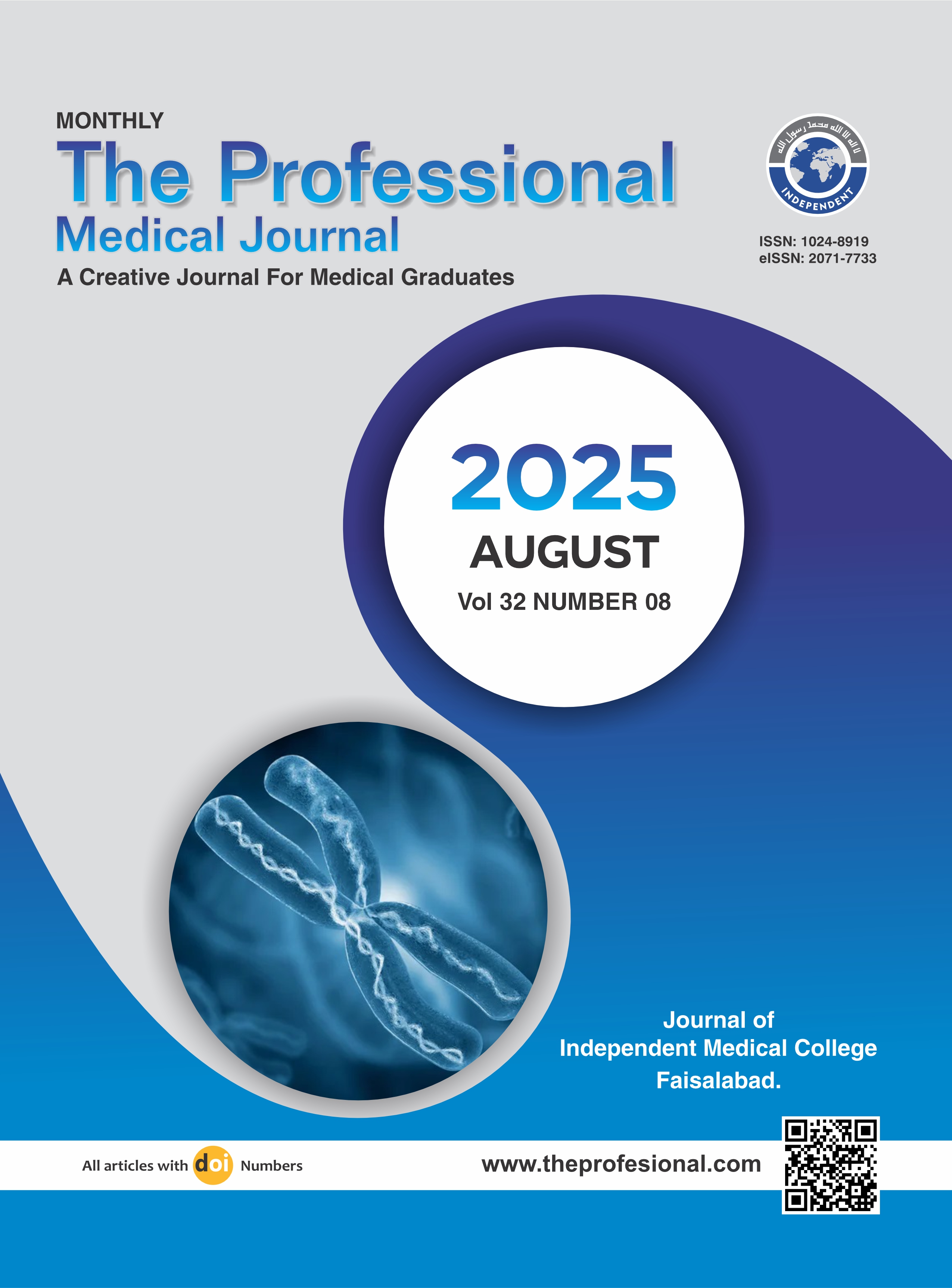Usefulness of validation of Evendo calculator in chronic liver disease patients in Liaquat National Hospital, Karachi, Pakistan.
DOI:
https://doi.org/10.29309/TPMJ/2025.32.08.9770Keywords:
EVendo Score, Endoscopy, Esophageal Varices, Hepatic Encephalopathy, Non-invasiveAbstract
Objective: To validate the EVendo score to predict esophageal varices (EV) by confirming the presence of EV on upper gastrointestinal (GI) endoscopy at tertiary care hospital, Karachi, Pakistan. Study Design: Cross-sectional, Validation study. Setting: Department of Gastroenterology at Liaquat National Hospital and Medical College, Karachi, Pakistan. Period: October 2022 to June 2023. Methods: Total 412 patients with chronic liver disease (CLD) of any etiology who were underwent upper GI endoscopy for variceal screening were included. Demographic, laboratory and clinical information were recorded. By verifying the existence of EV on upper GI endoscopy, the validity and reliability of the EVendo score in predicting EV were assessed. SPSS V 22 was used for data analysis. Results: Out of 412 patients the ratio of men to women was 1.16:1. The average age was 55.67±11.21 years, and 191 patients (46.4%) had hepatic encephalopathy and 344 patients (83.5%) had ascites. The average score for EVendo was 7.26±3.05. Eighty-three percent of patients received positive findings for varices during upper GI endoscopy. The EVendo score's area under the curve for identifying variations was 0.908. 5.28 (sensitivity = 84.6%, specificity = 92.6%), 4.85 (sensitivity = 85.5%, specificity = 91.4%), and 5.71 (sensitivity = 84.3%, specificity = 92.6%) were the ideal cuff off values. The diagnostic accuracy for the EVendo score, using upper GI endoscopy as the gold standard, was 86.2%. Conclusion: The EVendo score showed excellent diagnostic accuracy, sensitivity, and specificity in predicting esophageal varices among patients with chronic liver disease.
Downloads
Published
Issue
Section
License
Copyright (c) 2025 The Professional Medical Journal

This work is licensed under a Creative Commons Attribution-NonCommercial 4.0 International License.


